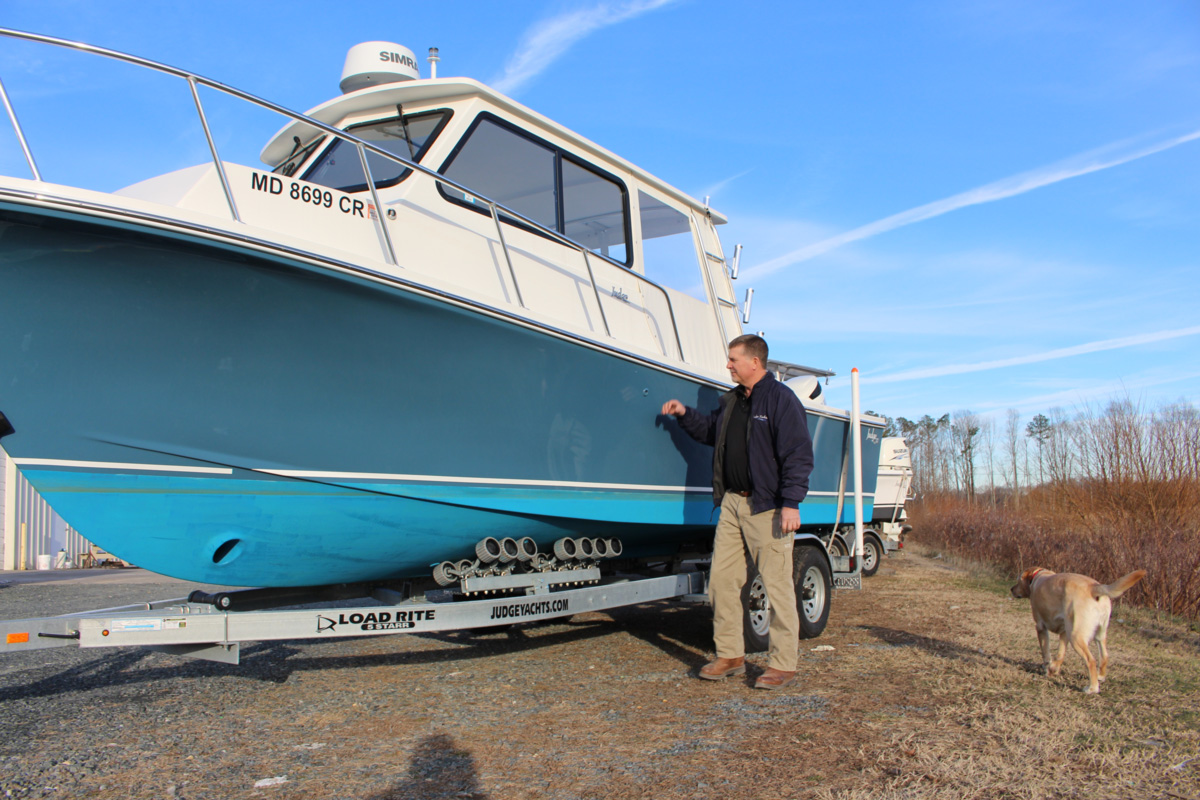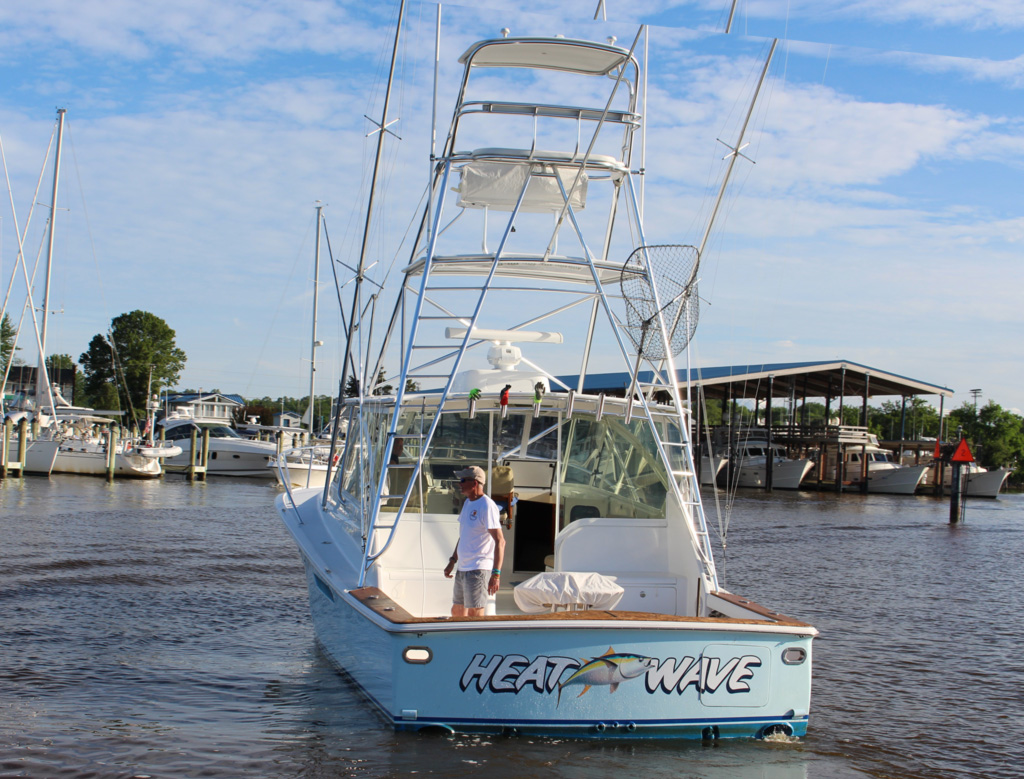Choosing the Best Bottom Paint for Your Boat
By Lenny Rudow
Bottom painting your boat is a tough, dirty, time-consuming job, but choosing the best bottom paint for your needs can be even tougher. Bottom paints are all intended to eliminate growth on your boat’s bottom and to get the job done they have biocides in them. But there are many different types of biocides and different ones in different formulations may work better or worse in different environments. On top of that, just how you use your boat also has an impact on choosing the best bottom paint.
Geography Counts
First and foremost, remember that the nature of bottom growth varies from one body of water to the next. Boatyards in different regions tend to favor one type of paint over another, with particular formulations and brands chosen through years of experience. Whenever you’re bottom painting a boat step number one is asking around at the marinas and marine supply stores to find out what the regional favorites are in your area. After checking in with a few sources a short-list of local picks will likely emerge.
Bottom Paint Types
There are two basic types of bottom paints: hard epoxy paint, and soft ablative paints that slowly slough off and expose new biocides with use. There are also many hybrid paints that are semi-ablative, splitting the difference between hard and soft. Which will be best for you? That all depends on how fast your boat cruises, how often you take it off the dock and if you trailer it.
Hard paints are best for boats that have high-speed use (35-plus mph or so) and on those that are trailered (or run on and off of boat lifts) with some regularity. However, they’re difficult to remove and stripping or soda-basting is necessary after a few seasons of use. Ablative paints are essentially self-cleaning and once they wear away, they don’t leave much buildup behind. You can get away with repainting for years without stripping it every spring. But they’re easily scraped off the hull if you trailer the boat, or put it on bunks every time you use it. Ablative paints can also lose their effectiveness if your boat sits at the dock for long periods of time since fresh biocides aren’t being regularly exposed.
The bottom line? If you regularly trailer the boat, keep it on a lift, or run at very fast speeds on a regular basis, you need a hard paint. If you have a slower boat that’s kept in a wet slip, an ablative will be the pick. And if you fall somewhere in-between, a hybrid might make sense.
Biocides in Bottom Paint for Boats
Years ago, TBT tin was the favored biocide. But it was terrible from an environmental perspective and thanks to reasonable environmental restrictions, hasn’t been in use for decades. Today, cuprous oxide is the most common biocide. It’s generally thought to be effective, but it’s still tough on the environment. The higher the concentration of copper in a bottom paint, the more effective it tends to be at warding off growth — and the more biocides that leech out into the water. Other more environmentally-friendly biocides like zinc omadine, zinc pyrithione, thiocyanate, and Econea can be used, but they generally don’t match the protection level of cuprous oxide. A new offering is the organic compound medetomidine, which stimulates larval barnacles to keep them in swimming form rather than attach to a hull. But this remains an unproven tech and the effect on other forms of growth hasn’t yet been validated.
When it comes to bottom painting aluminum hulls or drive units, cuprous oxide isn’t an option because putting copper on aluminum will set off galvanic corrosion and destroy the metal. Plenty of hapless boaters have put their foot right through the bottom of an aluminum boat or discovered a destroyed drive unit a few years after slapping on a coat of bottom paint. When it comes to fiberglass, after all is said and done, cuprous oxide remains the number-one biocide for long-term in-water storage. For those who do their boating in waterways with only moderate growth issues, or boaters who put in their boat for a few weeks at a time and then haul out with regularity, other more environmentally-friendly options are worth considering.
Along with biocides, many paints include an anti-slime protection to retard the growth of algae. If you keep your boat in a body of water where algae growth is a common problem, you’ll want to make sure you choose a paint that also includes the photosynthesis-blocker Irgarol or some level of zinc.
Paint, Paint, Paint Your Boat
If you’re painting a boat with existing bottom paint, unless it’s fully stripped or soda-blasted away your choices for new paint may be limited. Vinyl-based paints can only be applied over other vinyl-based paints, and hard paints can’t be applied over an ablative paint. On the flip side, however, note that ablatives can be painted over top of hard paints. If you need to paint your boat, also be sure to choose a paint that fits your schedule and will allow you to launch it within the recommended timeframe. Some paints have specific time-windows between application and launch and if you miss that window, the paint job will have been in vain. Finally, remember that painting a boat bottom is a dirty, labor-intensive, difficult job — especially if it has to be stripped first. Unless you real enjoy DIY work, don’t mind getting grimy, and have plenty of time on your hands, this is probably a job you want to leave to the marina.


